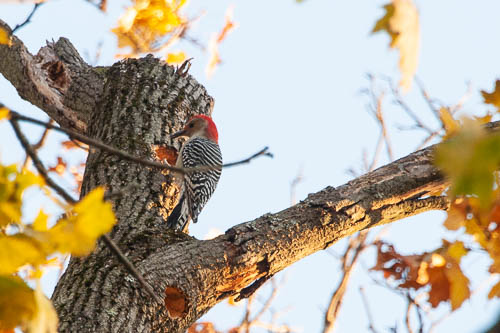
Woodpecker. New Kensington, Westmoreland County, Pennsylvania. November 6, 2020. (Photo: Jenny Gaffron Woytek)
Here is a woodpecker that I saw in my neighborhood this afternoon.
Places and Their People, History, and Lore

Woodpecker. New Kensington, Westmoreland County, Pennsylvania. November 6, 2020. (Photo: Jenny Gaffron Woytek)
Here is a woodpecker that I saw in my neighborhood this afternoon.